How to describe the song of a starling?
Ornithologist Bernard Tucker called it “a lively rambling medley of throaty warbling, chirping, clicking, and gurgling sounds, interspersed with musical whistles and pervaded by a peculiar creaking quality.”
You might think of it as a bag full of random clockwork pieces, all whirring, wheezing and clicking.
And that's just the start of it, because starlings are excellent mimics. They can do a telephone ring, a human voice, a vehicle noise, and pretty much anything else.
‘I ran indoors but there was no-one calling.’
‘Why is someone whistling from our roof?’
‘Is that an ASDA truck reversing onto our front lawn?’
There are plenty of reported misunderstandings in which the punchline is provided by a starling.
They like to throw in other birds’ calls too, including those that we might not expect to hear from a suburban chimney.
During the day, many starlings go out to feed on pasture and grazing marsh. Here they sometimes pick up the sounds of wildfowl and wading birds, such as golden plover, wigeon or lapwing.
Helpfully, starlings do like to sit out high when they sing.
So whatever strange vocal brew they’ve concocted, there's usually a way of checking what's made the noise: look up.
Alongside the collared dove and the jackdaw, the starling is the bird most likely to be performing from your TV aerial.
It is now frowned upon in polite society to talk about starlings without mentioning murmurations, the visual spectacle they are famed for.
In winter, starlings can gather in the air in their thousands (sometimes hundreds of thousands), creating extraordinary collective shapes that warp and twist, before they go into roost together.
Murmurations now tend to be associated with wilder places, or perhaps with the fringes of human settlements (such as seaside piers) but they were once a regular sight above the very centre of large cities too.
It's reported that the sound of a large murmuration in town could drown out the noise of traffic. This recording of a big group of starlings chattering away to each other pre-roost gives a taste of that.
But while still one of our more common birds, there are far fewer starlings in the UK than in the recent past. More than half disappeared between 1995 and 2020, with the starkest declines in our woodlands, many of which no longer have starlings breeding in them at all. Declines have taken place across much of northern Europe.
Globally they have been faring better, having been introduced by humans to many parts of the world away from their native European and southwest Asian range. They are now a familiar garden bird - and to some an unwelcome visitor - in places as scattered as Argentina, Australia, South Africa, Mexico and Canada.
Find out more about the starling’s ecology in Britain on the BTO website, and in the US at All About Birds.
A question of taste
On one of our recent Zoom calls, while watching the birds in Pretoria choosing between fruits and seed, there was a question: do birds taste food in the way that we do?
The European starling happens to be a bird for which there is some research on this. According to All About Birds:
In studies of starlings’ sense of taste, scientists have discovered that they can taste salt, sugars, citric acid, and tannins (bitter compounds that occur in many fruits, including acorns and grapes).
They can tell the difference between sucrose (table sugar) and other kinds of sugars – helpful since starlings lack the ability to digest sucrose.
So, not a species to invite round for cake.
(Thanks Diana for the question).
New favourite watch: Birds in the Czech Republic
This fabulous live stream often shows tree sparrows, marsh tits, greenfinches and red squirrels very close to the camera, as well as deer, storks, herons and other creatures that have been adopted by this rescue centre.
Thanks for reading and listening. This is the tenth instalment in 2024’s cycle of Shriek of the Week. You can catch up with Chiffchaff, Collared Dove, Wren, Dunnock, Great Spotted Woodpecker, Robin, Great Tit, Song Thrush and Blackbird (that last one includes an explanation of how this all works in 2024).
For those in a position to do so, taking out a paid subscription to Shriek of the Week supports me to write more and improve what I do. It also gets you an invite to our livestream odyssey Early Bird Club call, and discounts to some in-person events in the UK.
Now booking: Dawn chorus events in Sussex, April & May
Also booking:
Half-day walkshops in Stanmer Park (Brighton)
*New date added, Saturday 18 May*Up With The Birds dawn chorus calls (free, April & May)
Media credits:
Image by The Other Kev
Murmuration film by Jan van IJken


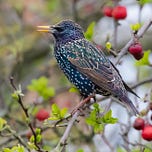


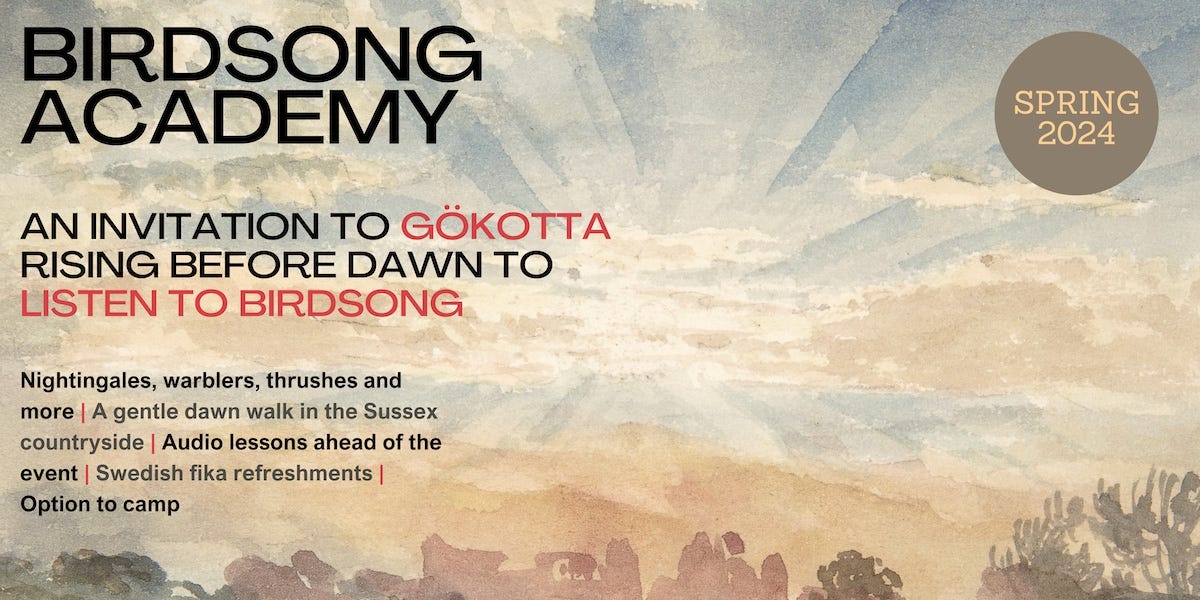


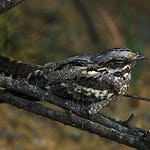
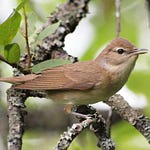

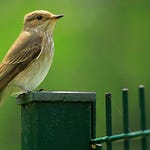


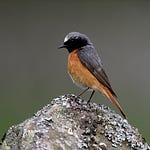
Share this post